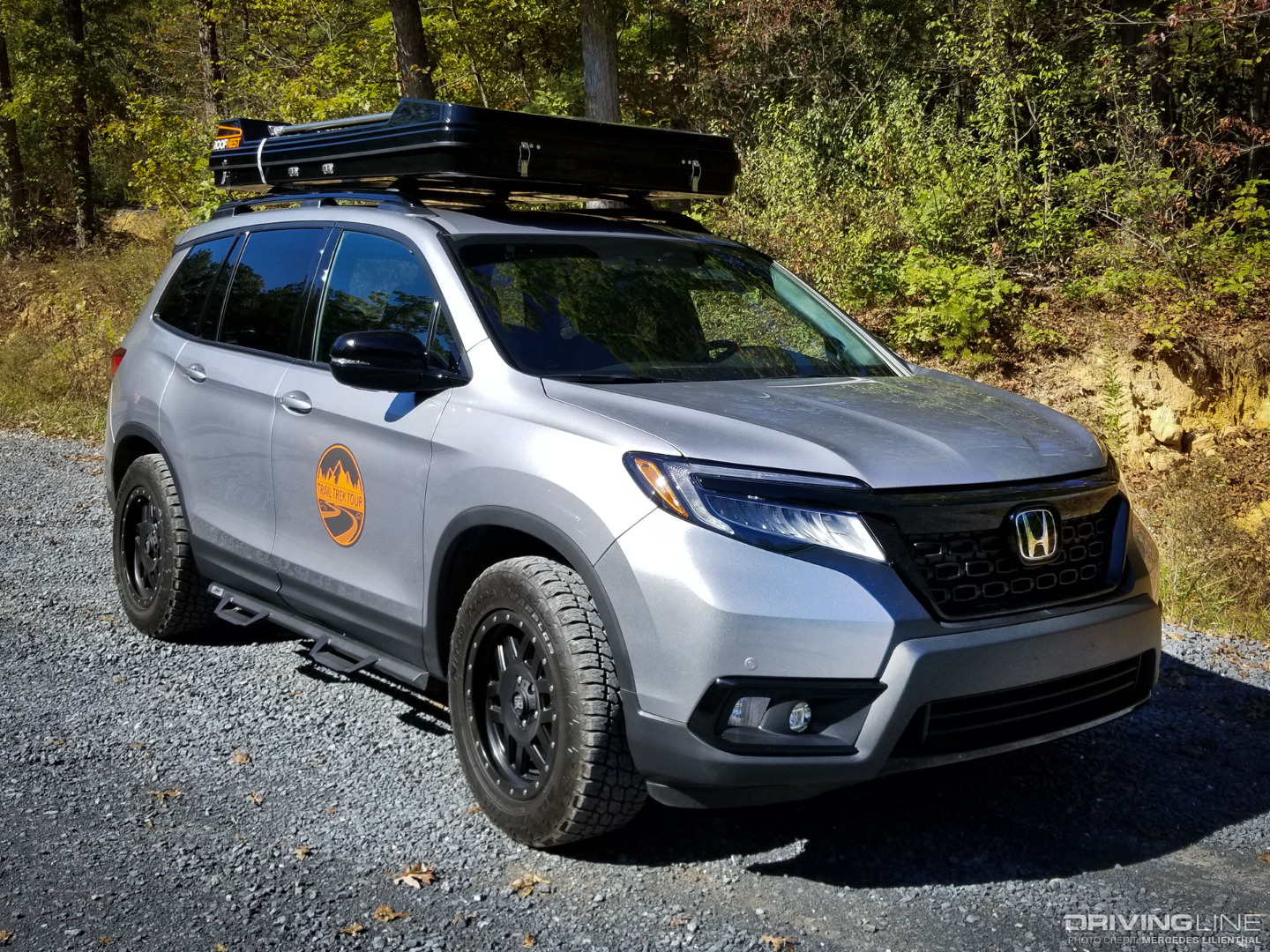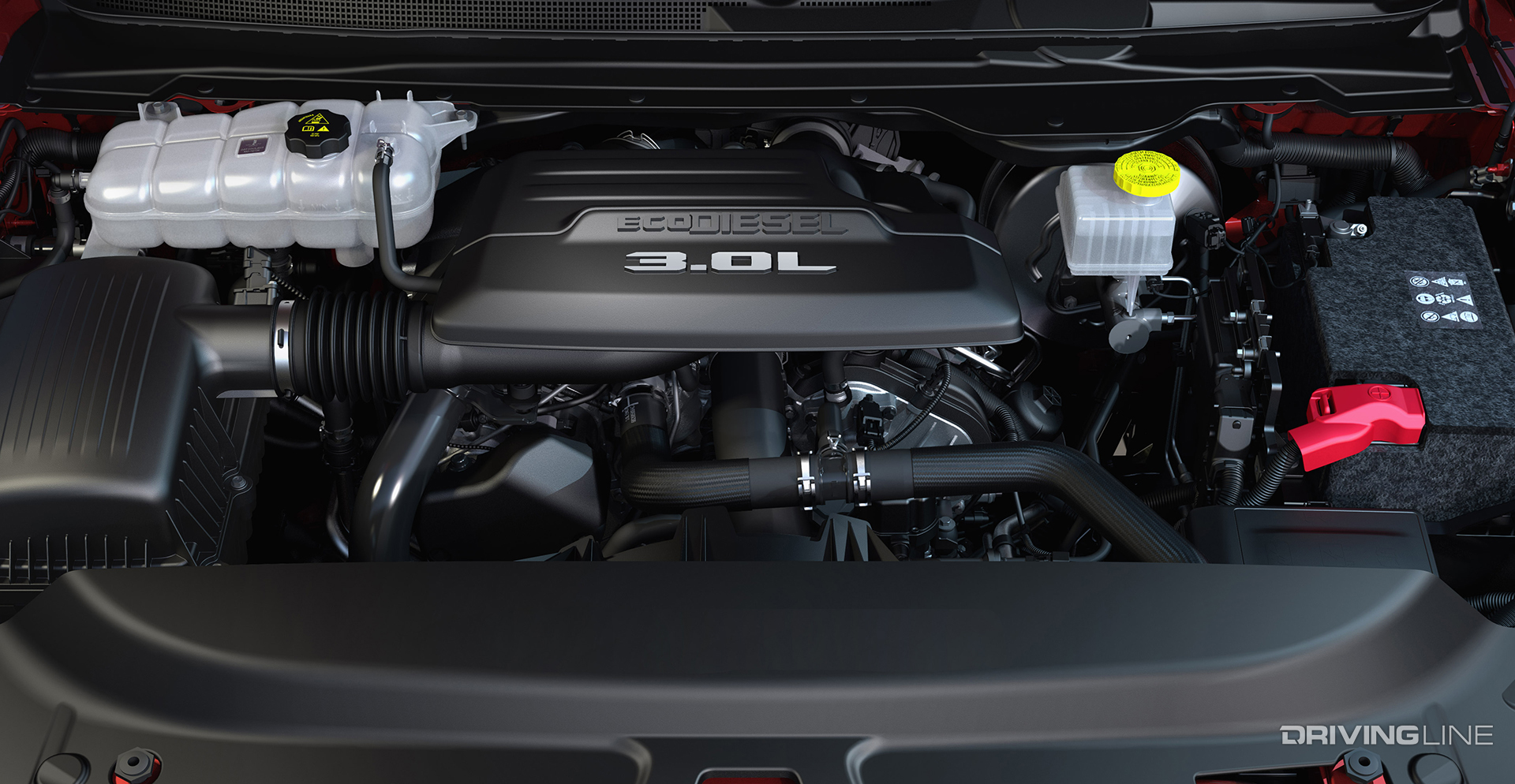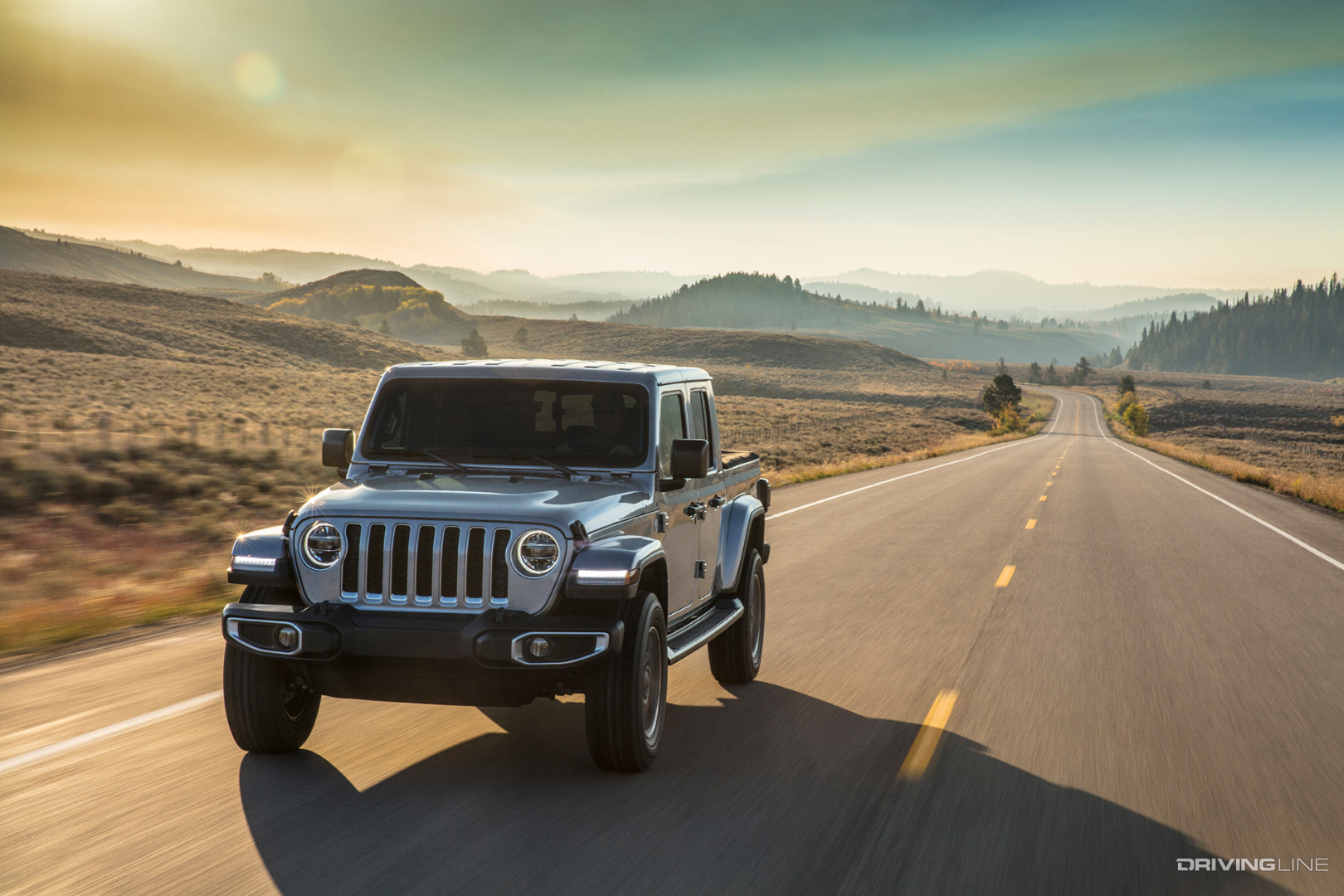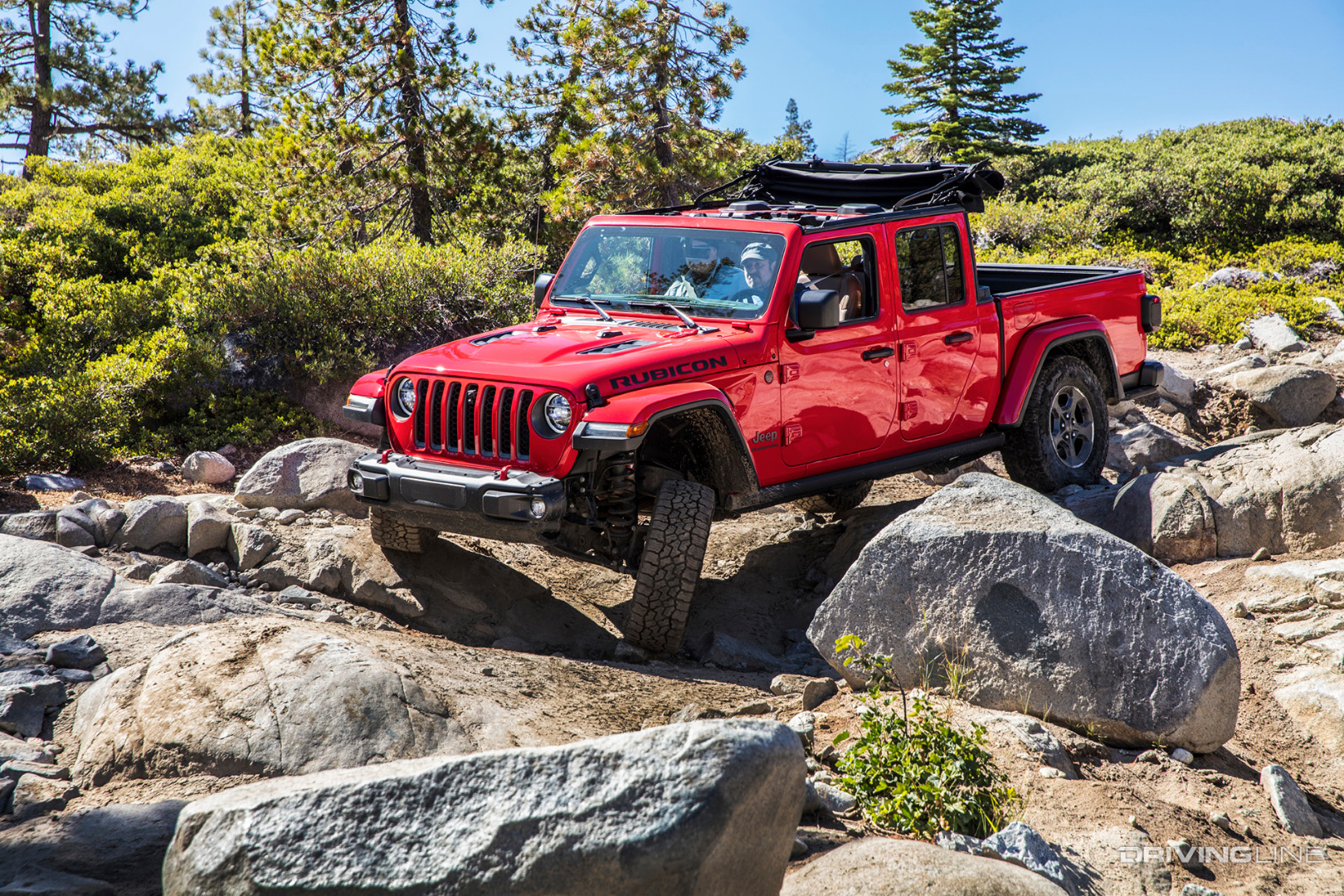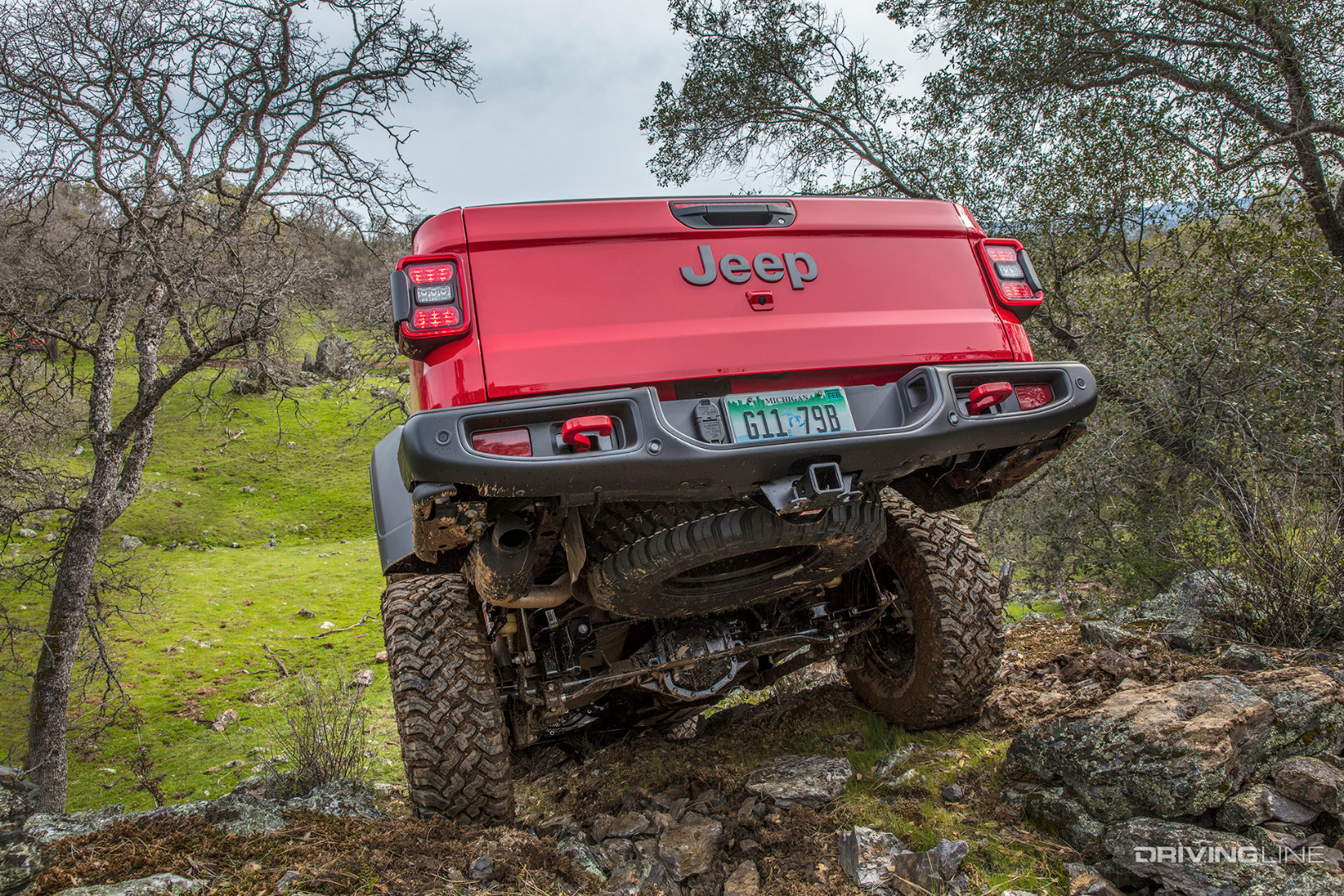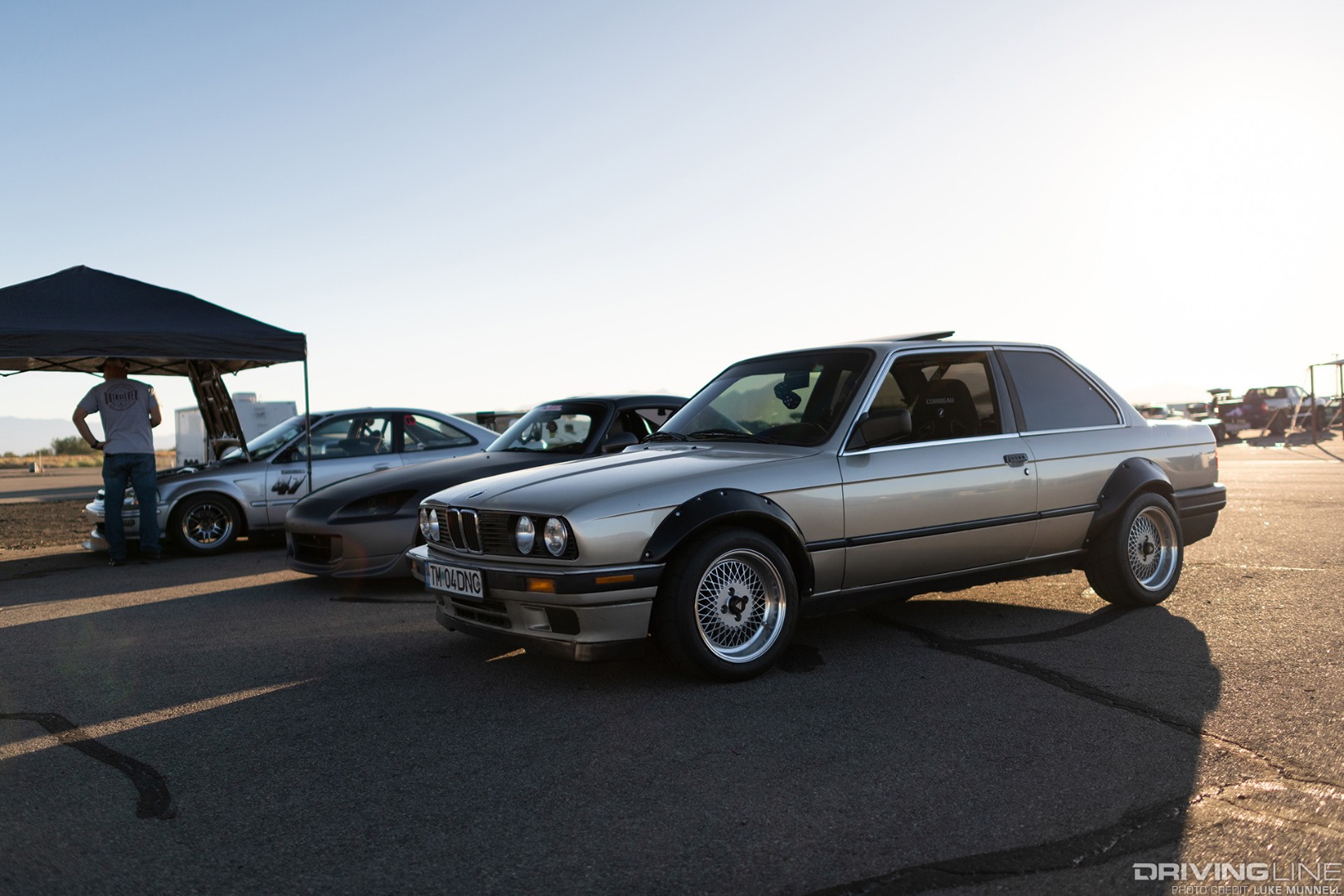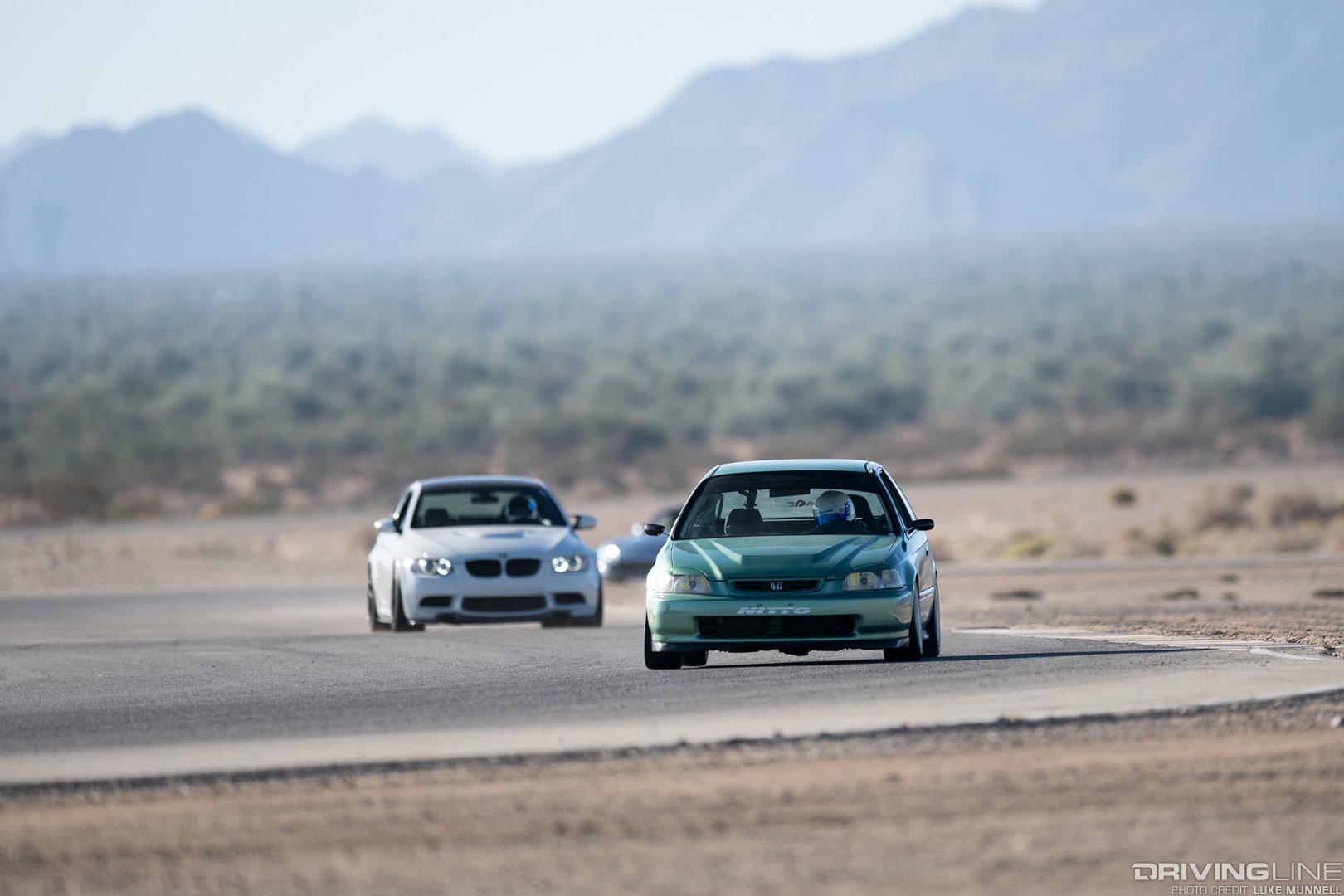There's never been a better time in history to be a muscle car fan. Wax poetic about the late 1960s if you must, but even during the Hemi's halcyon days you couldn't walk down to a Dodge dealership and drive home in a car featuring nearly 800, full warranty horsepower. Not. Even. Close.
The 2019 Dodge Challenger SRT Hellcat Redeye doesn't just deliver 797 horsepower and 707 lb-ft of torque from its 6.2-liter supercharger V8, it does so in a manner that's advertised as completely civilized for daily driving. There's no doubt that the Hellcat Redeye is a safe choice as a commuter—FCA (nor its crack team of lawyers) would never unleash a widow-maker on the streets—but is it the kind of car you can take to work and back Monday through Friday without accidentally reversing the rotation of the Earth, or incinerating your tires out of boredom when stuck in bumper-to-bumper traffic?

I spent a week living with SRT's monster to figure out just how reasonable it is to own a car that, on paper, seems completely unreasonable in every possible way.
1. You Are The Opposite Of Invisible
Ever been curious as to what it's like to be a celebrity just trying to go about your daily business in the public eye? Seven days in Redeye country is the closest most of us will ever get to that level of fawning, borderline obsessive attention. It probably didn't help that my tester was painted a searing shade of Plum Crazy, but if the paint doesn't suck eyeballs out of their sockets, then the enormous hood scoops, factory widebody option, and bone-rattling exhaust rumble certainly pick up the slack.

Although there was the occasional side-eye from a pedestrian startled out of their wits by the Hellcat's cold start, 90 percent of the notice I received was positive. During one particularly long stretch of highway driving a steady stream of motorists flashed me a thumbs up and a smile as they pulled alongside me (responsible citizen that I was, just teetering along at slightly above the speed limit). Occasionally, I'd be challenged to rev the engine or burst forward alongside another performance car, to the great delight of the owner. It was children, however, who glommed on to the Redeye's cartoonish, larger-than-life purple personality more than anyone else, with delighted smiles and laughter whenever I paused to let a gaggle of kids through a crosswalk on their way to class in the morning.
In short: the Hellcat Redeye puts you in the public eye like nothing else you'll drive save for a full-on exotic.
2. Traction Is At A Constant Premium
My October stretch of time with the Challenger SRT Hellcat Redeye revealed just how closely the car's stunning performance numbers (3.4 seconds to 60-mph, 10.8 seconds in the quarter mile) are tied to available traction.
This isn't news to anyone familiar with performance cars of any kind—after all, grip is often the difference between first and second place in any type of motorsports competition—but it's significantly amplified when you've got 707 lb-ft of torque available at 4,500 rpm. Power delivery from this platform is so rapid that on cold pavement it's easy to skin your tires to husks if you aren't the least bit judicious with your right foot.

Fortunately, the Redeye's traction control program can be set to intervene well before you watch the rear meats go up in smoke. But in the wet, or the cold, this is a car that won't save you from your own exuberance.
3. You'll Probably Be Shouting A Lot
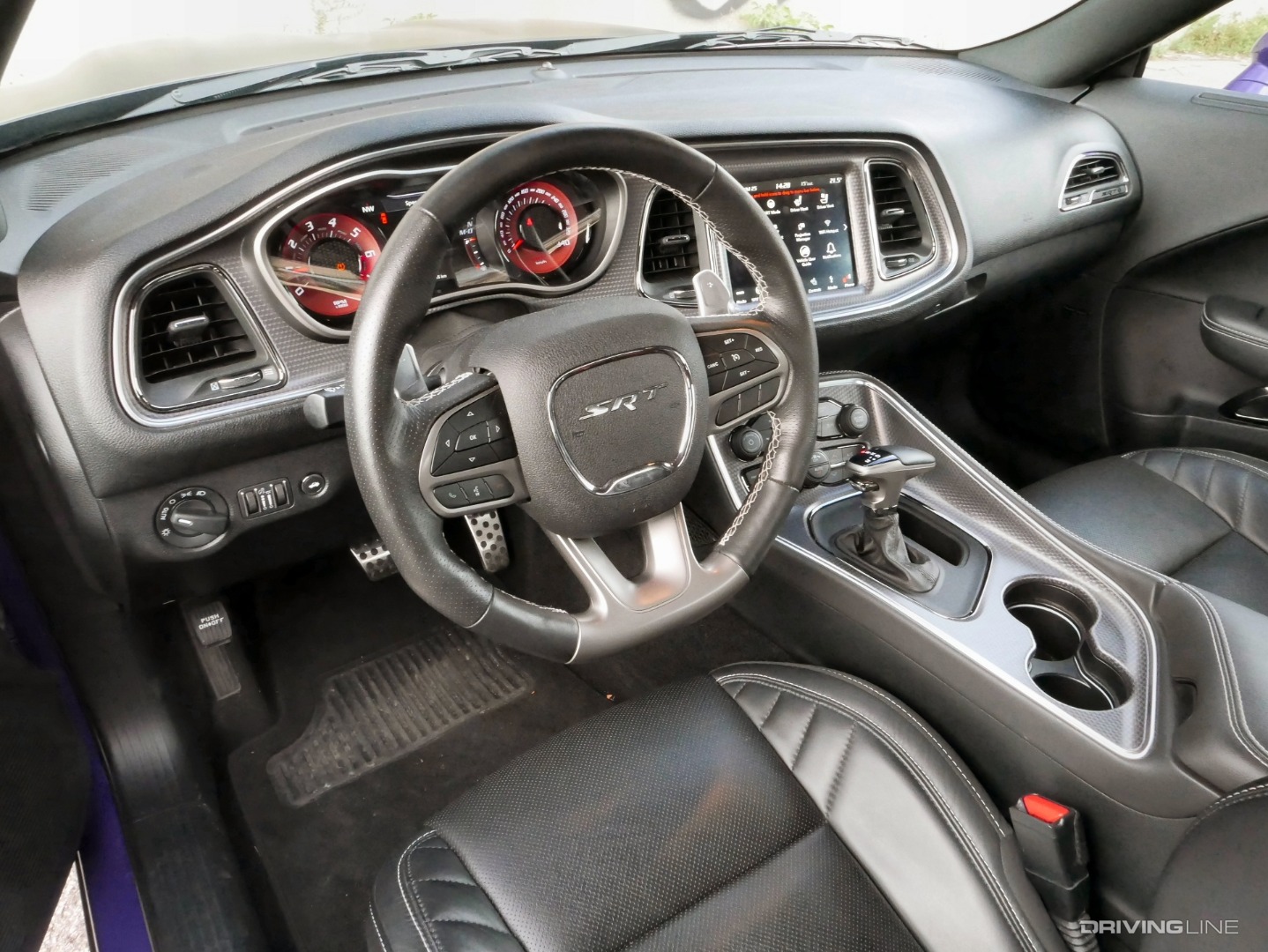
That road trip I mentioned earlier? It demonstrated something about the Challenger SRT Hellcat Redeye I hadn't previously realized during my time with the coupe on a race track. Namely, that it's surprisingly loud inside the cockpit, even with the engine set to its lowest (500) horsepower setting and the cruise control pegged to the limit. Turn up the music so that you can hear any details over the sound of the big tires, drone-ish exhaust, and rushing wind, and you'll also be raising your voice should you wish to communicate with your passenger across the vast divide of the Dodge's spacious cabin.
4. It's A Surprisingly Comfortable Ride

Although it might be rumbly, there's no faulting the Challenger's plush ride—as long as you remember to set the suspension to 'Street' mode. In 'Sport' or 'Track' you'll feel every undulation, shim and shiver sent up through the asphalt, but 'Street' is surprisingly supple for such a big, and heavy vehicle. You'll never mistake it for a luxury model, but it certainly won't beat you up over a sustained day of driving, which is more than one can say for a number of similarly-powered sports cars.
5. The SRT Drive Settings Are A Bit Frustrating
I've long held the opinion that one shouldn't have to push a special sequence of buttons—or indeed, any buttons—in order to drive a performance car at its full potential. I'm not talking about disabling traction control or stability control, but rather the idea that when you hit the ignition, you instantly have access to the vehicle's full power and most aggressive shift program (for automatic-equipped cars).
This unfortunately wasn't the case with the Hellcat Redeye I drove, which defaults to 'Auto' drive mode every time you turn it on. This wouldn't be so bad if Auto didn't seemingly lock you out of the full 797 horsepower, as the engine and 8-speed automatic transmission on my tester were stuck in 'Eco' mode as long as Auto was selected. I contacted FCA, and they told me that I should have been able to select 'Auto' instead of 'Eco' for each setting, but even though I checked the owner's manual, I wasn't able to figure out how to change this, nor did the car 'Auto'-matically step out of Eco if I hammered the throttle.

The easiest way around this issue is to pay attention to the Challenger's Uconnect infotainment screen at startup, which offers a small Drive Mode Selector at the bottom for a few seconds after the engine roars to life. It was the fastest way to access the Redeye's full potential, which is a bit frustrating—and not the case at all with the standard 707 horsepower version of the Hellcat, which defaults to 'Street' mode each and every time.
6. You May Want To Buy Shares In Exxon
Even with 300 miles of highway driving thrown into my test loop (on top of 50 miles around town), I still could do no better than 15 miles per gallon in the Dodge Challenger SRT Hellcat Redeye. That's lower even than the optimistic 16-mpg combined that the car is rated by the EPA, and while I may or may not have indulged in a few redline runs, let's be honest: you're going to do that as an owner, too, because no one buys these cars to keep the tachometer under 3,000 rpm.

You pay to play in the world of eye-popping horsepower, and there's no doubt that the supercharged 6.2-liter loves to guzzle gas when asked to deliver on its 797 horsepower promise. I certainly don't begrudge the car for its proclivities, but it's something to be aware of if you're driving on daily basis.
What's it like to pilot the Dodge Challenger SRT Hellcat Redeye on a track instead of the street? Click here to find out.

































































































